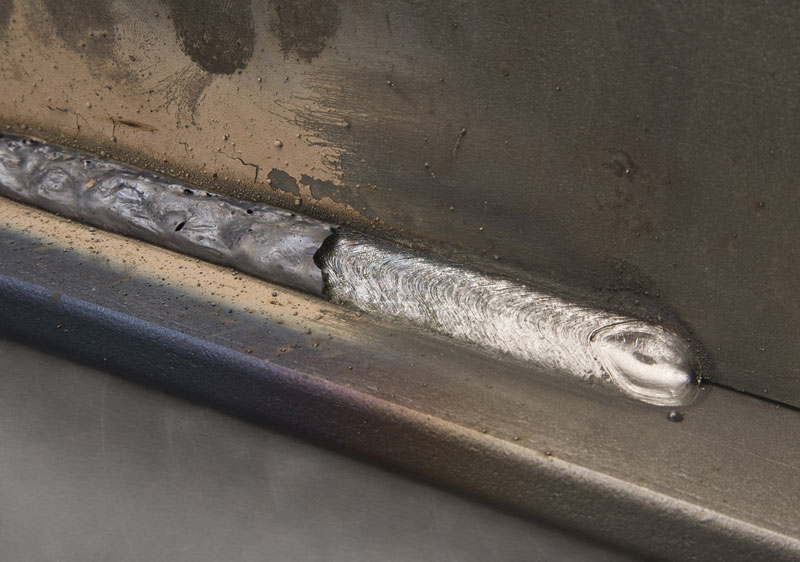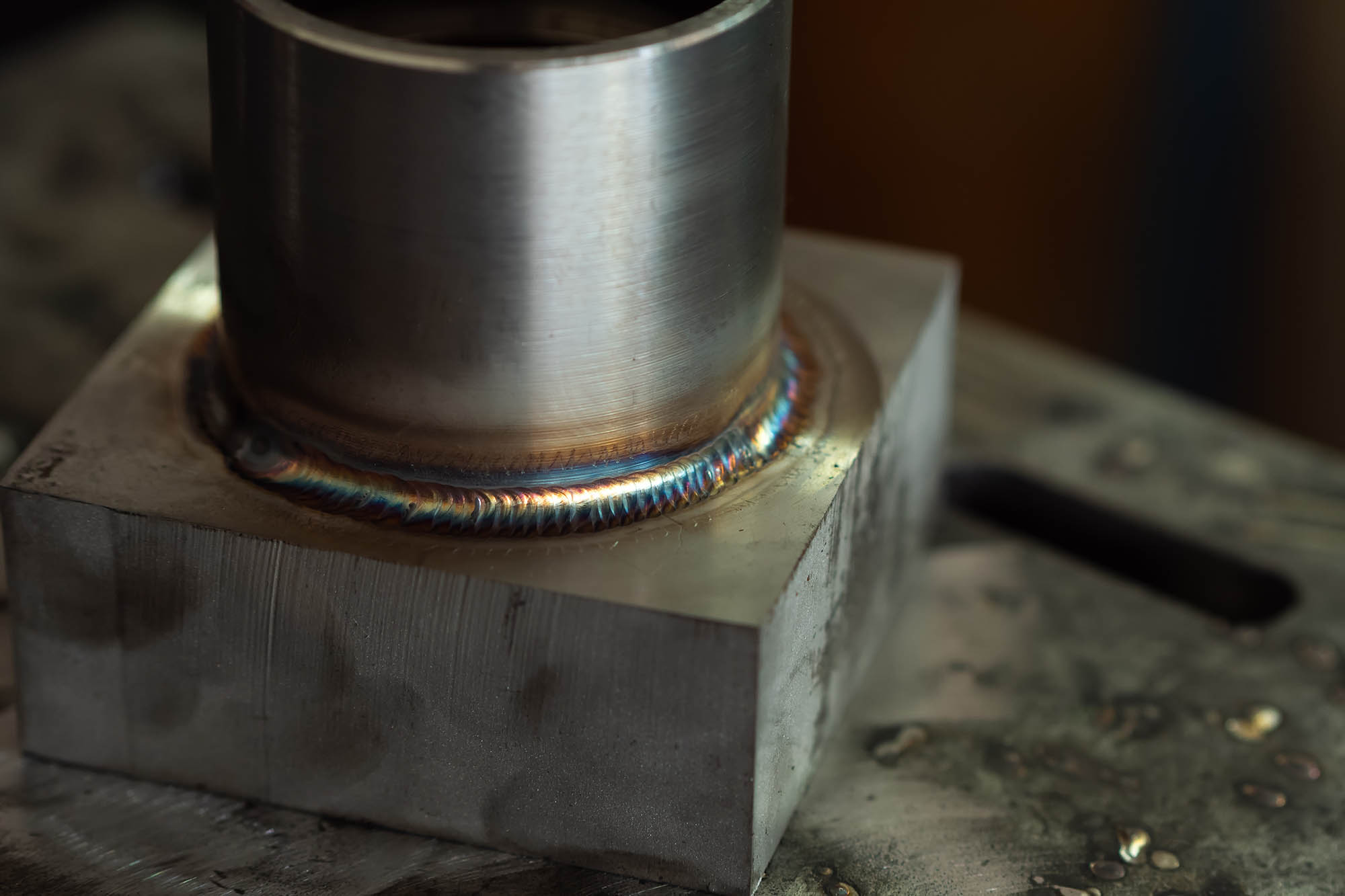How to Recognize What is Porosity in Welding and Improve Your Technique
Wiki Article
Porosity in Welding: Identifying Common Issues and Implementing Best Practices for Prevention
Porosity in welding is a prevalent problem that commonly goes undetected up until it triggers considerable issues with the stability of welds. This typical problem can jeopardize the stamina and sturdiness of welded structures, positioning safety risks and leading to costly rework. By understanding the source of porosity and carrying out efficient prevention techniques, welders can considerably improve the quality and integrity of their welds. In this conversation, we will explore the key factors adding to porosity development, examine its detrimental results on weld efficiency, and go over the very best practices that can be taken on to lessen porosity incident in welding processes.Usual Root Causes Of Porosity

Using filthy or damp filler products can present contaminations into the weld, contributing to porosity issues. To reduce these typical reasons of porosity, detailed cleaning of base steels, proper protecting gas option, and adherence to optimal welding parameters are essential practices in achieving premium, porosity-free welds.
Effect of Porosity on Weld Top Quality

The existence of porosity in welding can substantially compromise the architectural honesty and mechanical buildings of bonded joints. Porosity produces spaces within the weld metal, damaging its general stamina and load-bearing capacity.
Among the primary effects of porosity is a decline in the weld's ductility and durability. Welds with high porosity levels tend to show lower influence strength and reduced capability to deform plastically prior to fracturing. This can be particularly worrying in applications where the welded components go through dynamic or cyclic loading problems. Additionally, porosity can hinder the weld's ability to successfully send forces, causing early weld failing and prospective safety threats in crucial frameworks.
Best Practices for Porosity Avoidance
To improve the structural integrity and high quality of welded joints, what specific procedures can be implemented to reduce the event of porosity during the welding process? Porosity prevention in welding is essential to make certain the stability and strength her response of the last weld. One reliable method appertains cleaning of the base steel, getting rid of any type of pollutants such as rust, oil, paint, or moisture that can bring about gas entrapment. Making certain that the check this site out welding tools is in excellent condition, with tidy consumables and proper gas circulation rates, can also considerably minimize porosity. In addition, keeping a stable arc and controlling the welding specifications, such as voltage, existing, and travel rate, assists create a constant weld pool that minimizes the threat of gas entrapment. Using the proper welding technique for the details product being welded, such as changing the welding angle and gun position, can further protect against porosity. Routine examination of welds and instant removal of any type of problems recognized throughout the welding procedure are essential practices to stop porosity and create top notch welds.Value of Correct Welding Strategies
Applying correct welding techniques is paramount in guaranteeing the architectural stability and high quality of welded joints, building on the structure of reliable porosity prevention steps. Welding methods straight affect the overall toughness and longevity of the bonded framework. One key element of appropriate welding strategies is preserving the appropriate warmth input. Extreme warm can result in boosted porosity because of the entrapment of gases in the weld swimming pool. Conversely, inadequate warm may lead to incomplete combination, creating prospective weak factors in the joint. Additionally, utilizing the proper welding parameters, such as voltage, present, and travel speed, is crucial for attaining audio welds with very little porosity.Furthermore, the option of welding process, whether it be MIG, TIG, or stick welding, should line up with the particular demands of the job to guarantee optimal results. Proper cleansing and prep work of the base steel, as well as selecting the best filler material, are also necessary components of competent welding methods. By adhering to these best techniques, welders can decrease the threat of porosity formation and create top notch, structurally audio welds.

Evaluating and Top Quality Control Actions
Quality control measures play a crucial function in verifying the stability and dependability of bonded joints. Evaluating procedures are important to discover and protect against porosity in welding, guaranteeing the stamina and resilience of the final product. Non-destructive screening approaches such as ultrasonic testing, radiographic testing, and aesthetic assessment are commonly employed to recognize possible defects like porosity. These techniques enable the evaluation of weld quality without endangering the stability of the joint. What is Porosity.Post-weld examinations, on the other hand, assess the final weld for any flaws, consisting site link of porosity, and confirm that it satisfies specified criteria. Applying a thorough top quality control strategy that consists of complete screening treatments and evaluations is critical to reducing porosity problems and making sure the general top quality of bonded joints.
Verdict
In verdict, porosity in welding can be a typical concern that impacts the top quality of welds. By determining the usual reasons for porosity and applying ideal techniques for prevention, such as proper welding strategies and screening measures, welders can make certain excellent quality and trustworthy welds. It is necessary to prioritize avoidance approaches to reduce the occurrence of porosity and preserve the integrity of welded frameworks.Report this wiki page